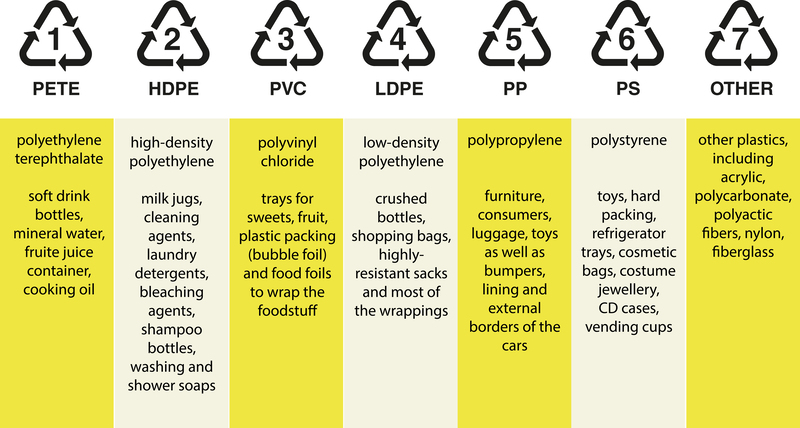Community Guidelines for Responsible PPE Waste Disposal
The COVID-19 pandemic has dramatically increased the use of personal protective equipment (PPE) globally. Items such as masks, gloves, face shields, and gowns are now part of our daily lives, helping safeguard individuals and communities. However, this surge in PPE usage has also created a new environmental challenge: safe and responsible PPE waste disposal. Properly managing PPE waste is vital for community health, environmental sustainability, and minimizing pollution.

Understanding the Importance of Proper PPE Waste Disposal
The correct disposal of personal protective equipment is not only a matter of hygiene; it is also essential for the protection of public health and the planet. Inappropriate PPE waste management can contribute to littering, pollution, and increased risks of spreading pathogens. Therefore, it is crucial for every community member to be aware of the best practices for responsible PPE disposal.
- Minimizes health hazards - Used PPE may contain pathogens like bacteria or viruses.
- Reduces environmental impact - Plastics in PPE take decades to degrade.
- Promotes recycling and sustainability - Some PPE components are recyclable with proper segregation.
- Prevents wildlife harm - Improperly discarded PPE can be ingested by or entangle animals.
Types of PPE and Their Disposal Concerns
Before delving into disposal guidelines, it's important to understand the variety of PPE materials and their specific challenges:
Single-Use PPE
- Masks (surgical, N95, disposable cloth masks)
- Gloves (latex, vinyl, nitrile)
- Shoe covers and disposable gowns
Issues: These products are primarily made from non-biodegradable plastics and cannot be sanitized for reuse.
Reusable PPE
- Fabric masks
- Face shields
- Protective goggles
Issues: While intended for multiple uses, these items eventually reach an end-of-life point where they must also be disposed of responsibly.
Comprehensive Community Guidelines for PPE Waste Disposal
Every community can adopt certain PPE waste disposal guidelines that significantly reduce dangers to people and the environment. Below are the essential recommendations:
1. Segregate PPE Waste from Regular Household Waste
- Use separate, clearly labeled bins for discarded PPE, such as masks and gloves. Avoid mixing them with recyclables or compostables.
- Line the PPE disposal bin with a strong garbage bag, ideally of a different color from your regular trash to avoid confusion.
- Never flush PPE or gloves down toilets, as these can clog plumbing and end up polluting water bodies.
2. Practice Safe Handling and Bagging
- Always wash or sanitize your hands before and after disposing of PPE.
- Seal PPE waste securely in a bag to prevent leakage or accidental exposure.
- Double-bag if the user was sick, to protect collectors and others who may handle the waste.
- Clearly mark the bag as 'PPE Waste' if possible.
3. Participate in Local PPE Waste Collection Initiatives
- Stay informed about your municipality's PPE disposal guidelines and participate in any special drop-off programs.
- Utilize designated collection points for PPE waste, especially in public spaces like hospitals, shopping centers, and workplaces.
- Encourage local authorities to install more PPE waste bins in public places.
4. Avoid Littering and Wild Disposal
- Never leave masks and gloves on the streets, parking lots, or parks. Such behavior not only pollutes the environment but also poses health risks to sanitation workers and wildlife.
- Report any bulk PPE litter to community authorities for prompt cleanup.
5. Educate and Raise Community Awareness
- Share accurate information on the dangers of improper PPE disposal via social media, flyers, and community meetings.
- Organize community clean-up days with a focus on collecting PPE waste.
- Encourage schools and workplaces to incorporate PPE disposal education into their health and safety programs.
6. Adopt Reusable PPE Where Safe and Possible
- Choose washable cloth masks that meet health guidelines, reducing reliance on disposables.
- Sanitize reusable PPE properly as per manufacturer instructions before each use or final disposal.
- Dispose of reusable PPE responsibly at their end of life, following local regulations.
Special PPE Waste Disposal Considerations for COVID-19 Cases
PPE waste from infected individuals must be handled with extra precaution. Health guidelines generally recommend:
- Double-bagging all used PPE and medical wastes.
- Storing the bagged waste separately for at least 72 hours before including it in household waste, to neutralize any active viruses (where regulations allow).
- Clearly marking bags for sanitation workers, indicating possible contamination.
- Never placing PPE waste in recycling bins as it can contaminate the recycling stream and put workers at risk.
Environmental Impact of Improper PPE Waste Disposal
Improperly discarded PPE represents a major threat to the environment and public health. When gloves, masks, or face shields are thrown away carelessly, they:
- Contribute to plastic pollution in oceans, rivers, and forests, harming marine and land animals.
- Release toxic microplastics over time as materials break down.
- Block stormwater drains and exacerbate flooding in urban environments.
- Create unsanitary conditions that can serve as new breeding grounds for pathogens.
PPE Waste Recycling and Alternatives
While many PPE items are classified as non-recyclable due to contamination concerns, some innovations and advanced sorting facilities are beginning to recycle certain used PPE, particularly in healthcare settings. For community members:
- Check if your local waste management offers PPE recycling schemes.
- If available, use dedicated PPE recycling bins and ensure items are deposited as instructed (for example, by isolating and sealing contaminated PPE before deposit).
- Support policies and organizations working on biodegradable and eco-friendly PPE options.
Innovative Alternatives
- Biodegradable face masks and gloves
- Reusable PPE with enhanced filtration
- PPE made from recycled plastics
By choosing these alternatives, individuals can further reduce their environmental footprint and support a circular economy.
Role of Local Authorities and Community Leaders
Effective PPE waste management is a shared responsibility. Local governments and community organizations play a crucial role by:
- Providing educational resources and clear signage on proper disposal.
- Ensuring adequate high-visibility PPE waste bins in public areas.
- Organizing periodic PPE collection drives and clean-up campaigns.
- Partnering with waste management companies to handle hazardous waste safely.

How Individuals Can Make a Difference
Everyone can contribute to responsible PPE waste disposal by adopting these practices:
- Carry a small, sealable bag for temporarily storing used PPE until you find a proper disposal point.
- Encourage friends, family, and neighbors to follow safe waste disposal methods.
- Volunteer for community clean-up events focused on PPE litter.
- Lead by example--dispose of your PPE thoughtfully every time.
Summing Up: A Community Approach to PPE Waste Management
Responsible PPE waste disposal is essential for protecting our health, communities, and environment in the wake of increased PPE usage. By adopting proper segregation, handling, and disposal techniques, and by participating in local initiatives, each of us plays a vital role in combating pollution and minimizing health risks. Let's work together to keep our neighborhoods clean, safe, and sustainable for everyone.
- Remember: Always separate, seal, and dispose of PPE responsibly.
- Educate others and advocate for improved PPE waste solutions in your community.
- Choose reusable or eco-friendly alternatives where safe and practical.
By following these community guidelines for responsible PPE waste disposal, we can significantly reduce the negative impact of PPE on our world and set an example for future generations.
```